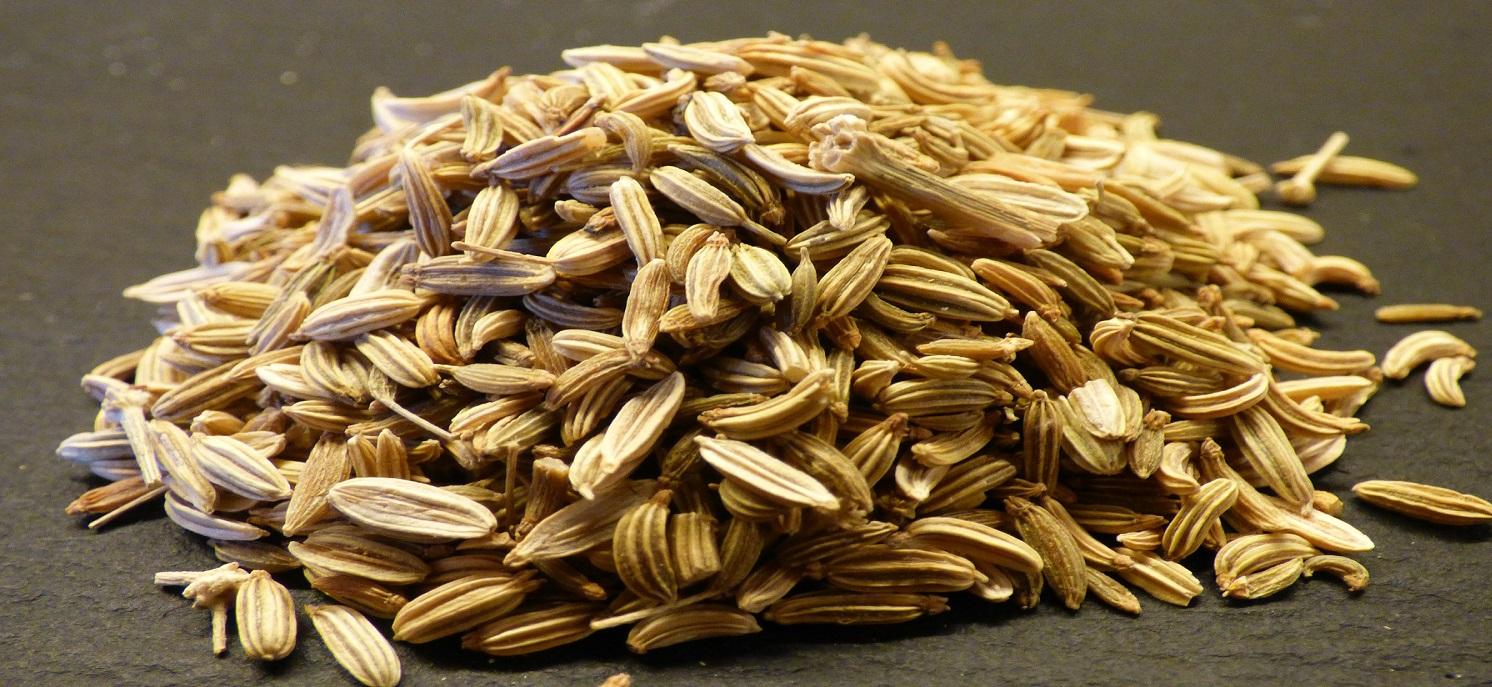Culinary herbs
Culinary herbs are probably the most useful to gardeners, having a wide range of uses in cooking and baking. These herbs, because of their strong flavors, are generally used in small quantities to add flavor and interest to food.
Herb types
Herbs can be classified as annuals, biennials, and perennials.
Annuals: bloom one season and then die - anise, basil, chervil, coriander, and dill
Biennials: live for two seasons, blooming the second season only - caraway and parsley
Perennials: overwinter and bloom each season once they become established - chives, fennel, lovage, marjoram, mint, tarragon, thyme, and occasionally rosemary (depending on winter severity)
Outdoor culture
Herbs can be grown as part of your vegetable garden, in a garden area devoted to herbs, or in containers. They can also be planted in your ornamental beds as many herbs are attractive plants and make a great addition to pollinator gardens.
Herb garden size
The size of your herb garden will depend on the quantity and variety of herbs desired. Herb gardens can range from formal gardens bordered with a low-growing hedge to a few containers placed outside a kitchen door for ease of harvesting.
Site and growing conditions
- Most herbs prefer at least 6 hours of full sun. Chervil, mint, chives, and cilantro can be grown in light shade.
- Herbs need well-drained soil. Drainage is probably the most important single factor in successful herb growing. Herbs will not grow in wet soils.
- The “Mediterranean” herbs, such as basil, thyme, rosemary, oregano, and lavender, grow best on sunny, dry sites in light (sandy) soil.
- Do not add sand to improve soil drainage or to amend clay soil. If poor drainage is a problem build a raised bed.
- Soil in the bed does not have to be especially fertile. Highly fertile soil tends to produce excessive amounts of foliage that is poor in flavor. Over-fertilizing herb plants can lower the plant's essential oil content and encourage root and stem rot diseases. Chervil, fennel, and lovage may require moderate amounts of fertilizer.
- Adding moderate amounts of compost will help improve soil structure and drainage of clay soil.
- Established herbs can tolerate dry conditions but supplemental water is recommended during periods of drought. Mulch can be used to conserve soil moisture but keep it away from the base of the plants.
Sowing herb seeds
- Nearly all herbs can be grown from seed. There are some exceptions such as lavender seeds which can be tricky to get them to germinate.
- Sow anise, borage, coriander (cilantro), dill, and fennel directly in the garden since they do not transplant well.
- Before sowing seed work the soil surface to a fine texture and wet it slightly.
- Make a shallow trench, plant the seeds and firm the soil over them. Generally the finer the seed the shallower it is planted but follow packet directions.
- Fine seeds, such as marjoram or thyme will spread more evenly if you mix them with sand before planting.
- After planting water will a fine mist of water.
- Basil, parsley, sage, marjoram, and many other herbs can be started indoors and planted outside after the danger of frost has passed.
Cuttings and division
- Herbs can be propagated from cuttings and division and when seeds are slow to germinate is the best way to create new plants.
- Tarragon, chives, and mint can be divided while cuttings work best for lavender.
- To make a cutting, start in spring or early summer when the plant is actively growing. Cut a healthy stem that is not yet woody, about three or four inches long. Strip the leaves and stems off the bottom end, dip it in rooting hormone, and place it in a moist rooting medium such as vermiculite or peat and perlite mix. Cover the pot with plastic, preventing the plastic from touching the plant. Mist the soil daily as the cutting takes root. You’ll know it has rooted when the new leaves begin to grow.
Collecting seeds of herbs to plant next year
Harvest seed heads as color changes from green to brown or gray. Seeds take longer to dry than leaves – sometimes as much as 2 weeks for larger seeds. Place seed heads on cloth or paper. When partially dry, rub seeds gently between palms to remove dirt and hulls. Spread clean seed in thin layers on cloth or paper until thoroughly dry.
You can also dry herb seeds by hanging the whole plant upside down inside a paper bag. The bag will catch the seeds as they dry and fall from the pod.
Overwintering herbs
Perennial and biennial herbs should be winter protected. Many herbs are shallow-rooted, which makes them susceptible to heaving (pushed out of the soil) as the soil freezes and thaws. Mulch with straw, oak leaves, or evergreen boughs 4 inches deep to protect the plants. Apply the mulch after the ground has frozen in early winter. Do not remove the mulch until plants show signs of growth in early spring. Early removal could result in some early frost damage.
Container-grown perennial herbs like rosemary can be overwintered indoors but it can be tricky. They do not like hot, dry conditions prevalent in most homes when the heat is turned on. It is best to leave the herbs outdoors in a sheltered location until nighttime temperatures dip into the low forties. At that point bring them indoors and store them in an area that stays cool and away from drafts. Locate them where they will receive strong direct sunlight or place them under “cool white” fluorescent lights. Cut back on watering, water only when the potting mixture feels dry. Periodically check for insects such as spider mites and aphids and treat if necessary. Bring them back outdoors next spring when the danger of a hard frost has passed.
